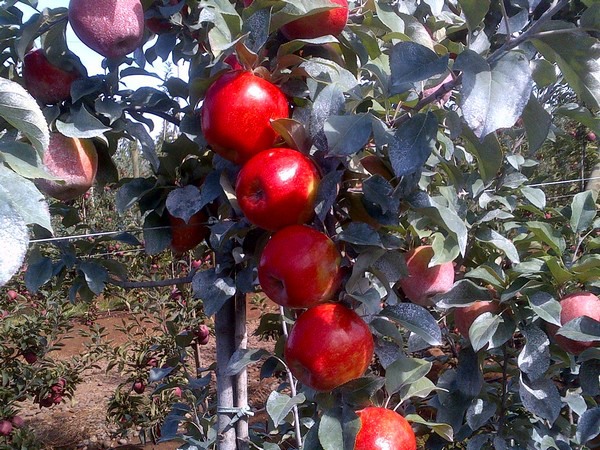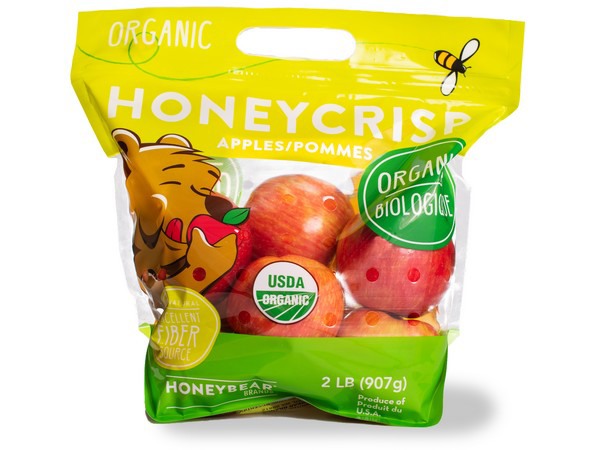With the US domestic apple harvest having been wrapped up for almost six months now, the apples with good storage capabilities are still going strong. Some varieties, though, don’t store as well, and for these varieties a crop from the southern hemisphere is a welcome addition to retail shelves these coming months.
Don Roper of Honeybear Brands says: “There are certain apples that respond well to long-term controlled atmosphere storage with just small changes in their quality and condition. Apples that go into long term storage with a high brix and low starch often lose quality and flavor over time in a controlled atmosphere, so the overall eating experience changes.”

One of these lower-starch apple varieties that don’t store very well is the Honeycrisp apple. Roper explains: “Honeycrisp apples are best eaten right away because of the wonderful high brix and low starch combination of this variety. So, the domestic Honeycrisp crop starts to lose some of that original flavor making the overall eating experience vastly different from the fresh harvest. That is why our retail partners are really looking forward to our southern hemisphere crop coming in, because it will allow them to supply their customers with ‘fresh crop’ product throughout the spring and summer months.”
Chilean Honeycrisp harvest wraps up
Honeybear has been growing its Honeycrisp for two decades in the Chile. “We got the exclusive rights from the University of Minnesota to take Honeycrisp apples to South America 20 years ago. Today, our production will push close to half a million cases coming out of the southern hemisphere, with the help of our growing partner Frusan,” Roper says.
Honeycrisp apples aren’t grown in the typical apple-growing region of Chile, Roper shares. “We initially planted our orchards in the traditional area where most other apple orchards were in the country, but it wasn’t the perfect micro climate we needed to make Honeycrisp excel. We have now moved our orchards more southward, to the Angol region. In this region, they have much cooler nights and more cooling units when the crop is being harvested, leading to a strong condition and high color fruit.”
He adds: “The Honeycrisp apples in Chile are being harvested right now, and the harvest is starting to wrap up. The crop is looking fantastic, with great color, condition and size. We are getting ready to ship to the U.S. and are expecting the apples to arrive around mid-April.”
Expanding organic offering
Organic Honeycrisp apples have a shorter shelf-life than the conventional ones due to a lack of agronomic tools available for storage. “This means that for the organic Honeycrisp, the southern hemisphere crop is very important,” Roper says.
Because of this, Frusan has been focusing on transitioning half of the Honeycrisp orchards to organic production. “Last year was the first time we had a strong organic offering, and in about two years we expect the transition to be complete – meaning that by then, half of our southern hemisphere Honeycrisp volumes will be organic,” Roper concludes.

For more information: 
Denise Leach
Tel: +1 (919) 610-1916
Email: denise@dixonmarketingcommunications.com
www.honeybearbrands.com
